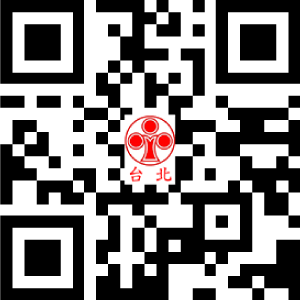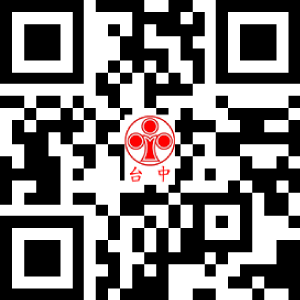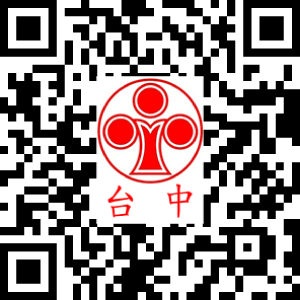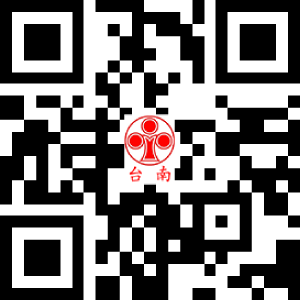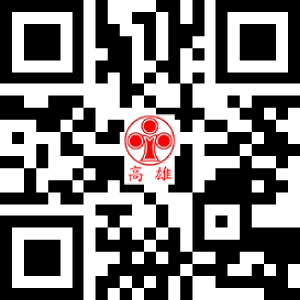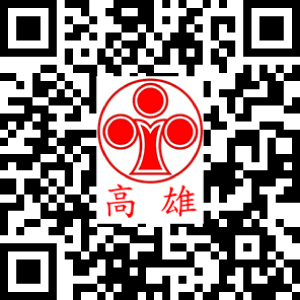BY MENG-HSUEH KU
l Amendment to Article 45
Currently enforced Article 45 (Decision of examination)
Upon completion of examination of a patent application for invention, a written decision shall be rendered and served on the applicant.
When a patent application is determined to be unpatentable, the reason(s) shall be given in the written decision of examination.
A written decision of examination shall bear the name of the patent examiner. This requirement shall also apply to written decisions for reexamination, post-grant amendment, invalidation, patent term extension and invalidation against patent term extension.
Pending Amendment to Article 45
Upon completion of examination of a patent application for invention, a written decision shall be rendered and served on the applicant.
When a patent application is determined to be unpatentable, the reason(s) shall be given in the written decision of examination.
A written decision of examination shall bear the name of the patent examiner. This requirement shall also apply to a written decision for interlocutory examination approval (前置審查核准).
l Objective to amend Article 45
No amendments are made to the first and second paragraphs of the currently enforced Article 45.
The third paragraph of the currently enforced Article 45 is amended. In coordination with the introduction of review and dispute trial systems, for preliminary examination and interlocutory examination during the review in relation to a patent application for invention, a written decision shall be rendered by the examiner of the preliminary examination. Applications for patent term extension, post-grant amendment, invalidation, and invalidation against patent term extension will be considered by the Specific Trial Unit and the requirements for rendering their written decisions shall be prescribed separately. The wording concerned in the currently enforced regulation is adjusted.
l Amendment to Article 122
Currently enforced Article 122 (Substantial conditions)
A design which is industrially applicable may be granted a design patent upon application in accordance with this Act, provided any of the following does not exist:
A disclosure made by or against the applicant’s will shall not be deemed as one of the circumstances that would preclude the grant of a design patent prescribed in the subparagraphs of Paragraph 1 or the preceding paragraph, provided that the concerned patent application is filed within six (6) months after the date of the disclosure.
For the publication in a gazette made in this country or a foreign country in accordance with the laws as the consequence of filing a patent application and made by the applicant’s will, the preceding paragraph is not applicable.
Pending Amendment to Article 122
A design which is industrially applicable may be granted a design patent upon application in accordance with this Act, provided any of the following does not exist:
A disclosure made by or against the applicant’s will shall not be deemed as one of the circumstances that would preclude the grant of a design patent prescribed in the subparagraphs of Paragraph 1 or the preceding paragraph, provided that the concerned patent application is filed within twelve (12) months after the date of the disclosure.
For the publication in a gazette made in this country or a foreign country in accordance with the laws as the consequence of filing a patent application and made by the applicant’s will, the preceding paragraph is not applicable.
Objective to amend Article 122
No amendments are made to the first, second and fourth paragraphs of the currently enforced Article 122.
The regulation in the third paragraph of the currently enforced Article 122 relating to the grace period for design patents is amended. At present, the grace period for design patents in most countries is twelve (12) months, such as U.S. Design Patent, Japanese Design, Korean Design Registration and EU Registered Community Design. Meanwhile, in Taiwan, the grace period for invention patents and utility model patents was extended to twelve (12) months in 2017 (106) but the grace period for design patents currently remains six (6) months. In order to unify the regulation governing grace periods in Taiwan and other countries, the grace period for design patents is amended to twelve (12) months in accordance with 35 U.S.C. 102 (b) (invention applied mutatis mutandis to design) of U.S., Article 4 of the Japanese Design Act, Article 36 of the Korean Design Act and Article 7 of Council Regulation (EC) on Community designs.
1 Notice to Amend Article 45
https://topic.tipo.gov.tw/patents-tw/cp-751-884440-8199b-101.html
https://topic.tipo.gov.tw/patents-tw/dl-276565-9f8c8722bcc14dbb9e035c88fa12e539.html
2 Notice to Amend Article 122
https://topic.tipo.gov.tw/patents-tw/cp-751-884440-8199b-101.html
https://topic.tipo.gov.tw/patents-tw/dl-276565-9f8c8722bcc14dbb9e035c88fa12e539.html
l Amendment to Article 45
Currently enforced Article 45 (Decision of examination)
Upon completion of examination of a patent application for invention, a written decision shall be rendered and served on the applicant.
When a patent application is determined to be unpatentable, the reason(s) shall be given in the written decision of examination.
A written decision of examination shall bear the name of the patent examiner. This requirement shall also apply to written decisions for reexamination, post-grant amendment, invalidation, patent term extension and invalidation against patent term extension.
Pending Amendment to Article 45
Upon completion of examination of a patent application for invention, a written decision shall be rendered and served on the applicant.
When a patent application is determined to be unpatentable, the reason(s) shall be given in the written decision of examination.
A written decision of examination shall bear the name of the patent examiner. This requirement shall also apply to a written decision for interlocutory examination approval (前置審查核准).
l Objective to amend Article 45
No amendments are made to the first and second paragraphs of the currently enforced Article 45.
The third paragraph of the currently enforced Article 45 is amended. In coordination with the introduction of review and dispute trial systems, for preliminary examination and interlocutory examination during the review in relation to a patent application for invention, a written decision shall be rendered by the examiner of the preliminary examination. Applications for patent term extension, post-grant amendment, invalidation, and invalidation against patent term extension will be considered by the Specific Trial Unit and the requirements for rendering their written decisions shall be prescribed separately. The wording concerned in the currently enforced regulation is adjusted.
l Amendment to Article 122
Currently enforced Article 122 (Substantial conditions)
A design which is industrially applicable may be granted a design patent upon application in accordance with this Act, provided any of the following does not exist:
- an identical or similar design was disclosed in a printed publication prior to the filing of the patent application;
- an identical or similar design was publicly exploited prior to the filing of the patent application; or
- the design was known to the public prior to the filing of the patent application.
A disclosure made by or against the applicant’s will shall not be deemed as one of the circumstances that would preclude the grant of a design patent prescribed in the subparagraphs of Paragraph 1 or the preceding paragraph, provided that the concerned patent application is filed within six (6) months after the date of the disclosure.
For the publication in a gazette made in this country or a foreign country in accordance with the laws as the consequence of filing a patent application and made by the applicant’s will, the preceding paragraph is not applicable.
Pending Amendment to Article 122
A design which is industrially applicable may be granted a design patent upon application in accordance with this Act, provided any of the following does not exist:
- an identical or similar design was disclosed in a printed publication prior to the filing of the patent application;
- an identical or similar design was publicly exploited prior to the filing of the patent application; or
- the design was known to the public prior to the filing of the patent application.
A disclosure made by or against the applicant’s will shall not be deemed as one of the circumstances that would preclude the grant of a design patent prescribed in the subparagraphs of Paragraph 1 or the preceding paragraph, provided that the concerned patent application is filed within twelve (12) months after the date of the disclosure.
For the publication in a gazette made in this country or a foreign country in accordance with the laws as the consequence of filing a patent application and made by the applicant’s will, the preceding paragraph is not applicable.
Objective to amend Article 122
No amendments are made to the first, second and fourth paragraphs of the currently enforced Article 122.
The regulation in the third paragraph of the currently enforced Article 122 relating to the grace period for design patents is amended. At present, the grace period for design patents in most countries is twelve (12) months, such as U.S. Design Patent, Japanese Design, Korean Design Registration and EU Registered Community Design. Meanwhile, in Taiwan, the grace period for invention patents and utility model patents was extended to twelve (12) months in 2017 (106) but the grace period for design patents currently remains six (6) months. In order to unify the regulation governing grace periods in Taiwan and other countries, the grace period for design patents is amended to twelve (12) months in accordance with 35 U.S.C. 102 (b) (invention applied mutatis mutandis to design) of U.S., Article 4 of the Japanese Design Act, Article 36 of the Korean Design Act and Article 7 of Council Regulation (EC) on Community designs.
1 Notice to Amend Article 45
https://topic.tipo.gov.tw/patents-tw/cp-751-884440-8199b-101.html
https://topic.tipo.gov.tw/patents-tw/dl-276565-9f8c8722bcc14dbb9e035c88fa12e539.html
2 Notice to Amend Article 122
https://topic.tipo.gov.tw/patents-tw/cp-751-884440-8199b-101.html
https://topic.tipo.gov.tw/patents-tw/dl-276565-9f8c8722bcc14dbb9e035c88fa12e539.html
